Secrets to Achieving a Crisp Greek Phyllo Pastry
12 min read Discover expert tips to achieve perfectly crispy Greek phyllo pastry for your favorite desserts and savory dishes. July 01, 2025 12:05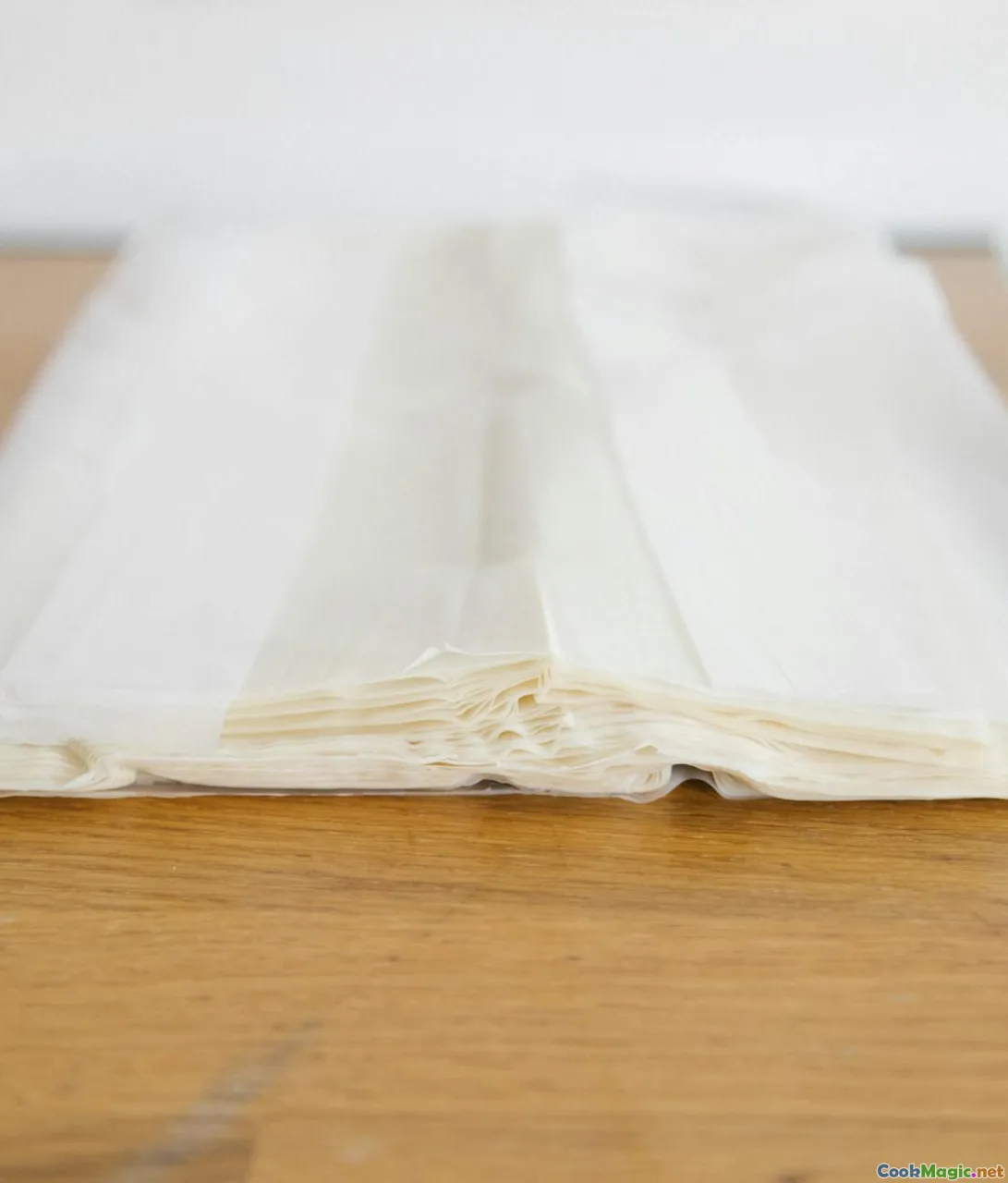
Secrets to Achieving a Crisp Greek Phyllo Pastry
Few culinary feats evoke the sensory magic of a perfectly baked Greek phyllo pastry—its shimmering, golden layers crackling softly under the knife, releasing a fragrant aroma of butter, toasted nuts, and warm spices. This delicately layered pastry—so integral to Greece’s rich tapestry of festivity and comfort—has an almost poetic history, dating back centuries when ancient Greeks perfected the craft of thin, flaky dough as a vessel for vibrant ingredients like spinach, feta, or sweet honey.
Achieving a crisp, irresistible phyllo pastry isn’t purely a matter of following a recipe; it’s a dance of technique, patience, and understanding the subtleties that transform simple flour and butter into a culinary masterpiece. Whether you’re preparing a classic spanakopita, a velvety baklava, or lesser-known delights like galaktoboureko, mastering the crispness of phyllo elevates the dish from good to unforgettable.
So, dear reader, embark with me on a journey deep into the art and science of achieving that coveted crispiness—methods refined through generations and celebrated across Greece. We’ll explore the secrets, share personal insights, and uncover the cultural significance of this extraordinary dough.
The Historical & Cultural Significance of Phyllo in Greek Cuisine

Greek pastry making is an art that echoes through centuries—spanning from the Byzantine era to modern-day tavernas. The word phyllo comes from the Greek phyllo, meaning “leaf,” signifying its layered, leaf-like structure. Traditional Greek pastries, such as kourabiedes and melomakarona, often incorporate phyllo as a golden wrapping—containing sweet or savory treasures—signifying festivity and communal sharing.
Historically, phyllo’s thin sheets were laboriously hand-rolled, a process that demanded patience and skill. In the Cyclades and mainland regions alike, families kept the tradition alive—each generation passing down the precise techniques to ensure the pastry’s signature crisp shell upon baking.
Culturally, phyllo represents more than just a culinary ingredient; it embodies Greek resilience and artistry. It’s central to celebrations like Easter, where tsoureki with crispy phyllo layers symbolize rebirth and hope. The delicately crackling layers of baked phyllo mirror the layered history of Greece itself—complex, textured, and beautifully resilient.
The Science Behind Crispiness: Why It Matters
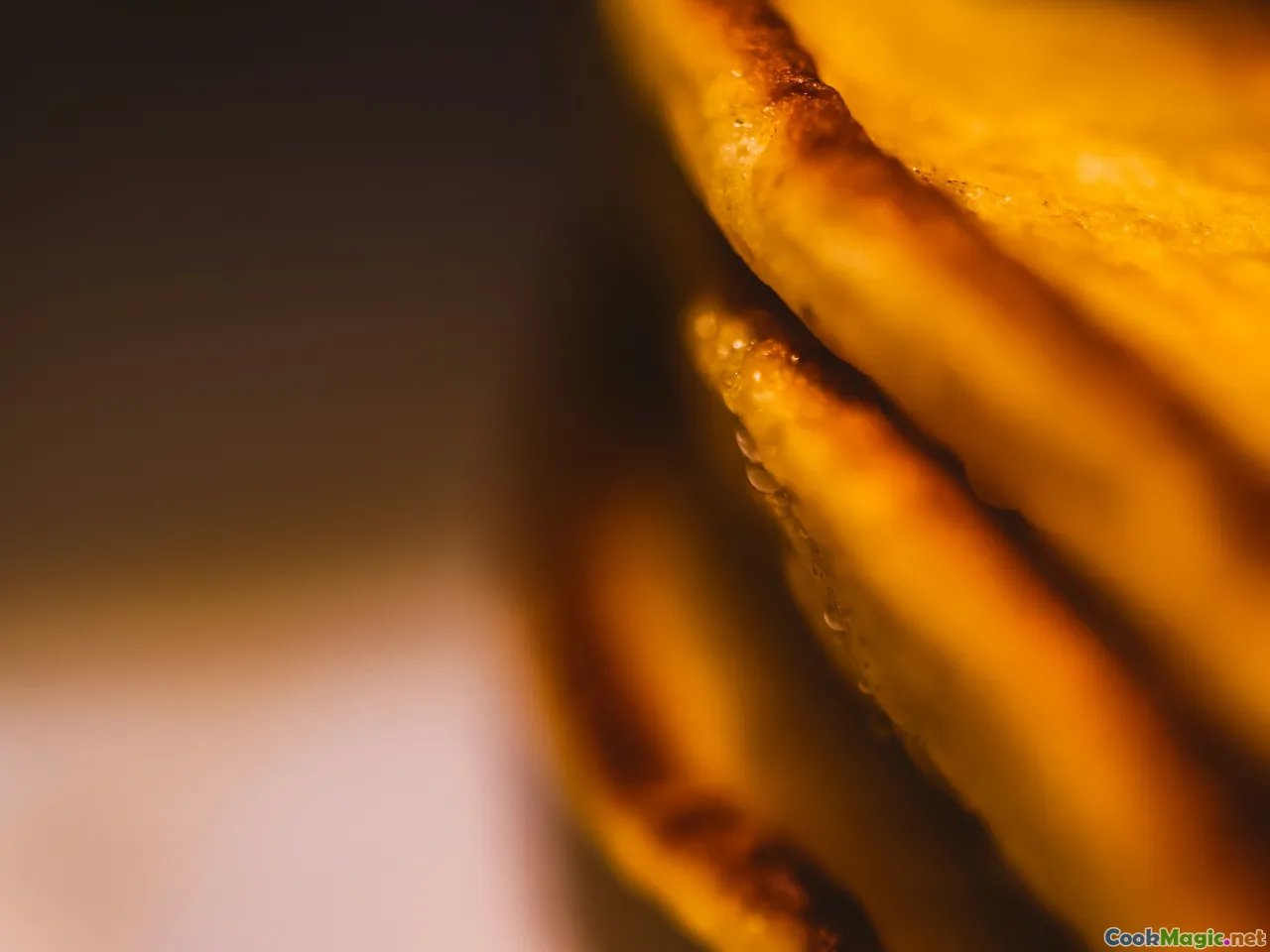
Understanding what makes phyllo crispy requires a sprinkle of food science. The crispness depends mainly on the remaining moisture content and the structure of the gluten network within the dough.
When baked, water within the dough turns to steam, puffing up the layers—this expansion ensures the pastry isn’t dense or chewy. A balanced ratio of flour to fat, especially butter or oil, is crucial. Too much moisture, and the pastry becomes soggy; too little, and it may turn brittle.
The Maillard reaction—responsible for browning—adds both flavor and crunch. Achieving the perfect crispness involves not just high heat but controlled, even baking that allows moisture to evaporate without burning the edges.
For instance, the signature shimmering, flaky crust of a Greek baklava is a direct result of this process. Ensuring that each layer dries out adequately during baking yields the golden, crunch-laden shell appreciated worldwide.
How to Make Perfectly Crispy Phyllo at Home
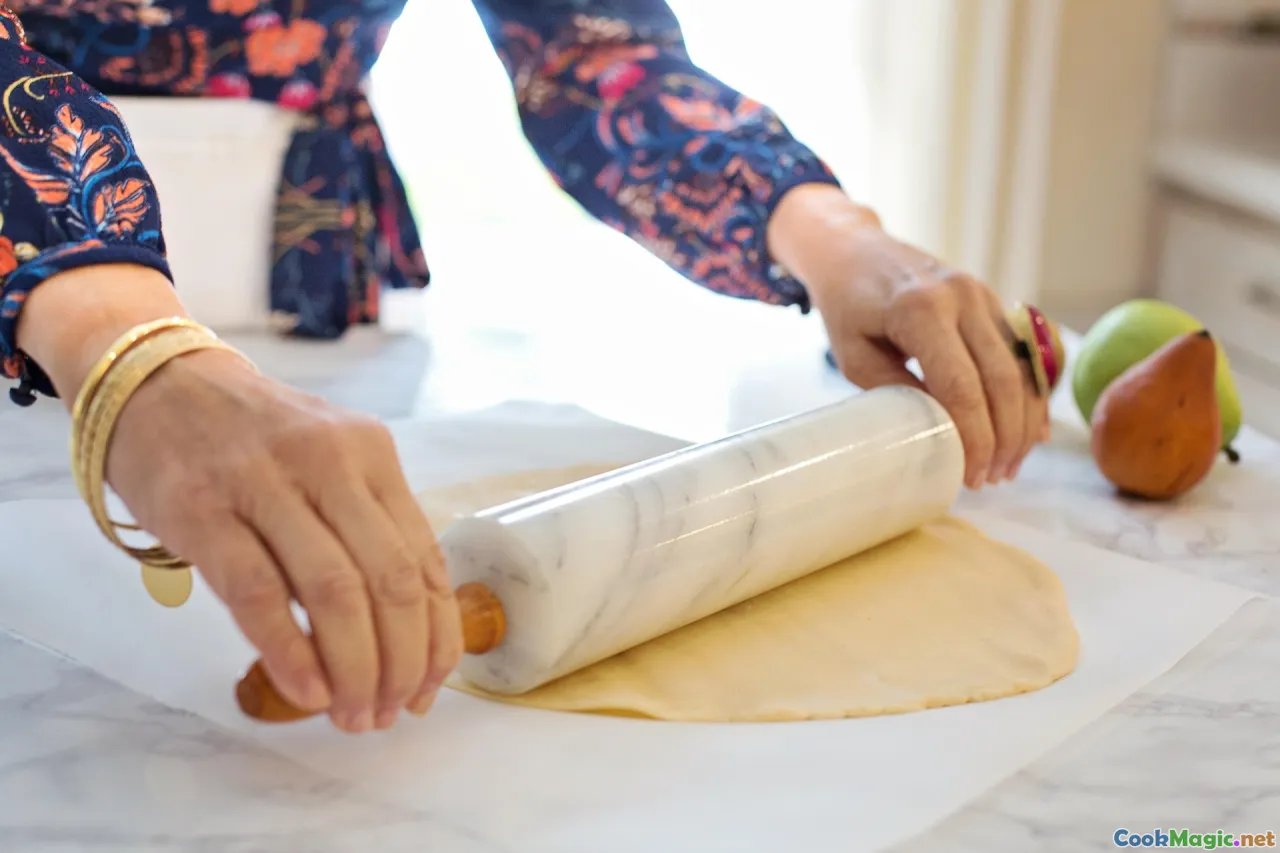
Creating crispy phyllo from scratch might seem daunting, but with patience and attention to detail, you can master this craft. Here's a step-by-step guide, shared with insights from Greek pastry chefs:
1. Preparing the Dough
The traditional method involves mixing finely sifted all-purpose flour with salt, a splash of vinegar or lemon juice (to relax the gluten), and cold water. Knead until smooth, then rest covered for at least 30 minutes—this relaxes the gluten and makes the dough easier to roll.
2. The Art of Thin Rolling
Rolling thin enough to see through without tearing is an art form. Use a well-floured surface and a rolling pin, then work from the center outward, thinning the dough gradually. Some artisans prefer to stretch the dough by hand, gently pulling it—akin to the tune of a Greek lyre—until nearly translucent.
3. Perfecting the Layers
Stack the sheets with a light brush of melted butter or oil between each layer. This fat isn’t just flavor; it’s key to crispiness. Use a pastry brush for even application and avoid overusing, which can weigh down the layers.
4. Handling & Storage
Keep spare sheets covered with a damp cloth to prevent drying out before baking. Store unused sheets tightly wrapped in plastic wrap to maintain moisture balance.
5. Baking for Perfection
Preheat your oven to a high heat—about 180°C to 200°C (350°F-390°F). Bake on a heated, perforated tray or directly on a greased baking sheet. Bake until sheets are deeply golden and firm to the touch—usually 20-30 minutes, depending on thickness and oven.
Personal Insight:
Patience is key. Rushing the process can lead to uneven layers and insufficient crispness. Invest in a good quality butter or clarified butter; it enhances both flavor and the crispy texture you seek.
Common Mistakes & How to Fix Them
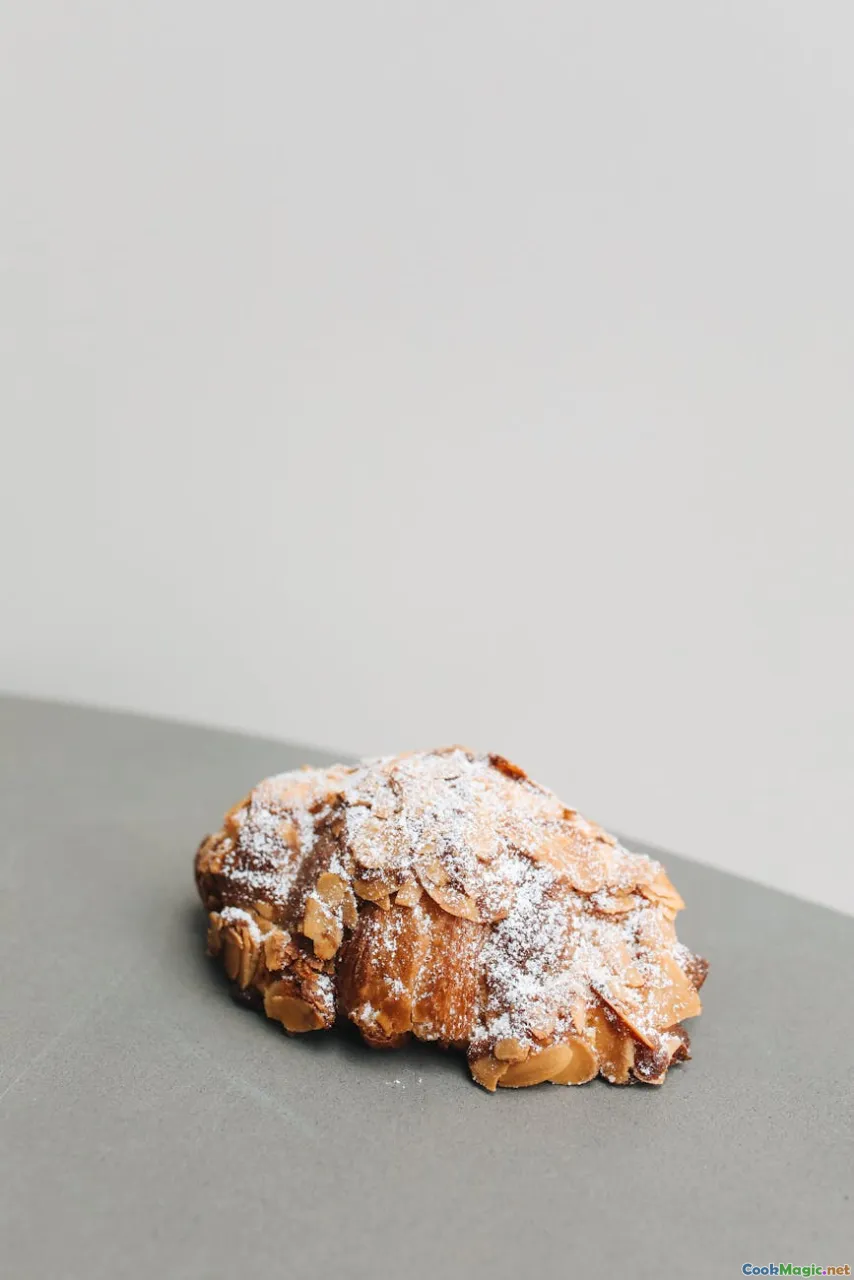
Even seasoned bakers encounter pitfalls. Here are common issues and their solutions:
- Soggy Pastry: Usually from excess moisture or insufficient baking time. Ensure layers are evenly coated with fat, and extend baking time if needed.
- Tears and Cracks: Overly dry or thin dough. Rest the dough adequately and handle gently.
- Burnt Edges: Bake at slightly lower temperature or shield edges with aluminum foil during the last part.
By paying close attention and adjusting your technique, you’ll edge closer to that perfect, crispy crumble that defines genuine Greek phyllo.
Enhancing Your Phyllo: Fillings & Flavors
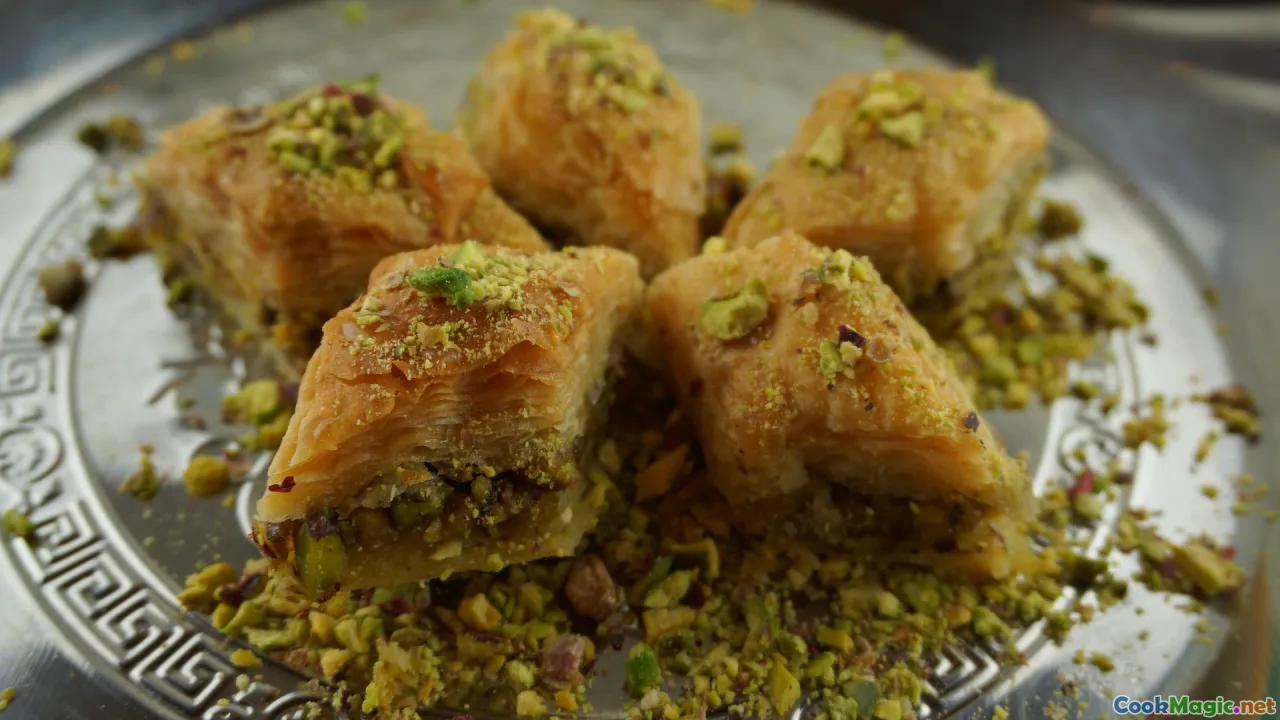
A crisp shell is the canvas for Greece’ glorious fillings. For savory treats like spanakopita (spinach and feta), a crispy phyllo outer layer contrasts beautifully with moist, flavorful greens—each bite a harmonious crunch and savory melt.
Sweet variations like baklava showcase the delicate texture beautifully coated in honey syrup. The key to early success is crisp layers that hold up beneath sticky, syrup-soaked fillings—another reason why crispness is essential.
In lesser-known dishes such as bougatsa (custard-filled pastry) or galaktoboureko (custard in crispy phyllo soaked in syrup), the balance between crunch and moistness defines quality.
Enjoy your preparations with a glass of ouzo or Greek coffee by your side, relishing not just each bite but the deep-rooted stories and traditions embodied in every flaky layer.
Personal Tips & Cultural Rituals
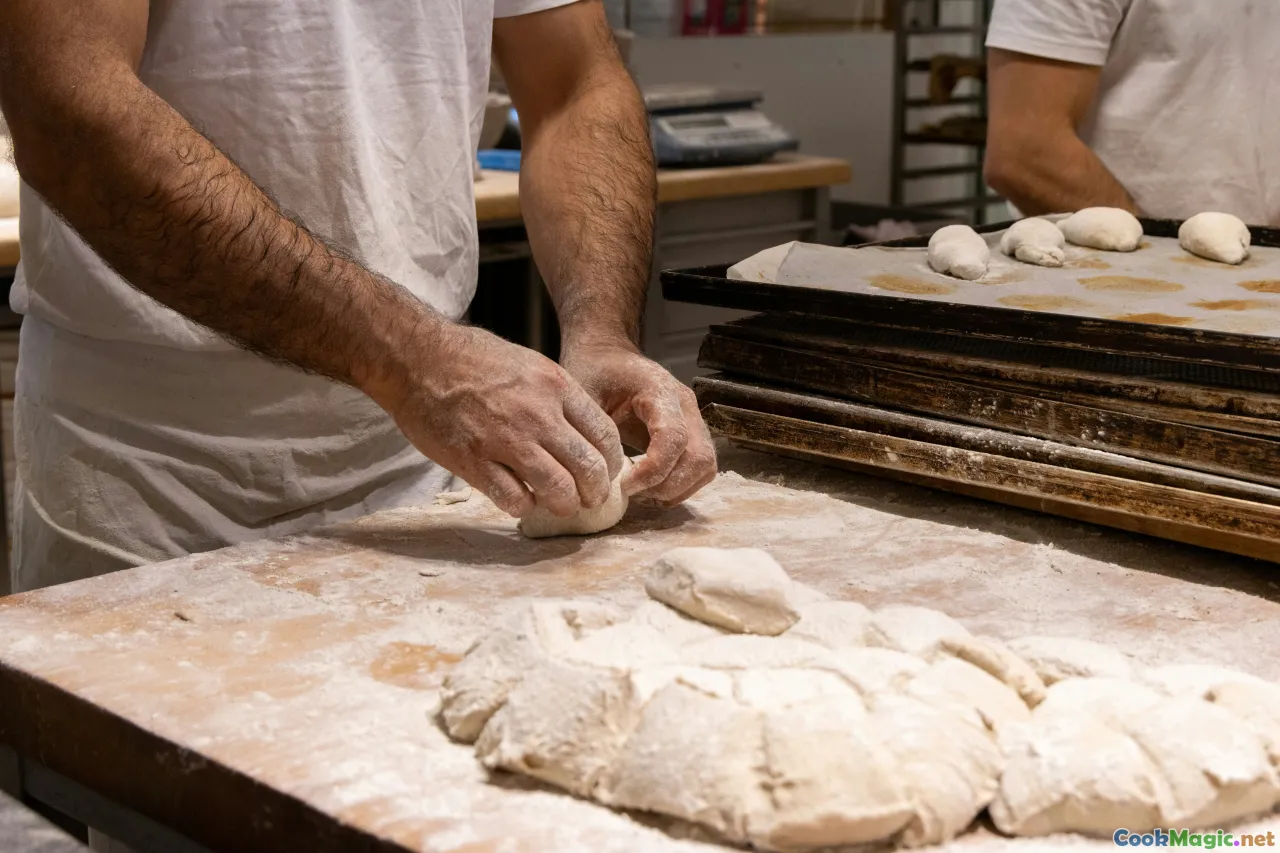
In Greece, making phyllo is often a communal affair—done in family kitchens or at local bakeries. Watching artisans work, you realize that mastery is built on tradition, patience, and an intuitive feel for the dough.
Many Greek bakeries still prepare their phyllo on-site, rotating between rolling, stacking, and baking—each step imbued with love and an understanding passed down through generations. replicating this at home demands dedication, but the reward is an homage to their artistry.
For best results, embrace rituals: do your rolling in the morning hours when the air is cool, or invite friends to partake in rolling the thin sheets—turning an ordinary task into a treasured cultural experience.
The aroma of baking butter-laden phyllo wafts through Greek alleyways during festivals—an aroma that evokes childhood, celebration, and a shared heritage. By mastering that crispness, you’re partaking in a centuries-old tradition that continues to bring joy and unity.
Achieving perfectly crisp Greek phyllo is a blend of science, tradition, and heartfelt craftsmanship. With patience, practice, and passion, your kitchen can become a sanctuary where the layers crackle with history and love. Embrace the journey—because every crispy layer tells a story worth savoring.
Kali orexi—bon appétit on your flavorful adventure into Greek pastry!









